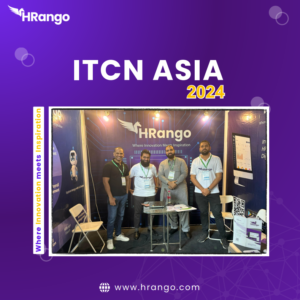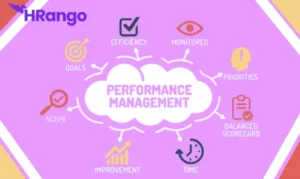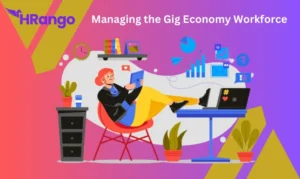Employee training has traditionally relied on classroom-based learning or on-the-job training, which, while effective, can sometimes lack engagement and practical application. With the rapid advancement of technology, especially in the fields of augmented reality (AR) and virtual reality (VR), human resource management systems (HRMS) like hRango are poised to revolutionize the way companies approach employee training.
The Rise of AR and VR in Training
AR and VR are immersive technologies that can create highly interactive and realistic simulations for training purposes. AR overlays digital information onto the real world, enhancing the user’s perception and interaction with their environment. VR, on the other hand, offers a completely immersive experience where users are placed in a virtual environment that mimics real-world scenarios. Both technologies have proven effective in various industries, from healthcare to manufacturing, for training employees in complex tasks without the risks or costs associated with traditional methods.
Integration with HRMS: A Game Changer
Integrating AR and VR into HRMS platforms like HRango takes employee training to a new level. HRMS systems are already essential in managing employee data, tracking performance, and streamlining HR processes. When coupled with AR and VR, these systems can provide personalized training experiences tailored to individual needs.
1. Personalized Learning Paths:
HRMS platforms like hRango can analyze employee performance data to identify areas where additional training might be needed. By integrating AR and VR, the system can offer immersive training modules that address specific skill gaps. For example, a sales employee struggling with product knowledge can be placed in a VR environment where they interact with virtual customers, enhancing their understanding and retention of product information.
2. Safe and Controlled Environment:
One of the biggest advantages of VR training is the ability to simulate dangerous or high-risk scenarios in a safe and controlled environment. Industries such as construction or oil and gas can use VR to train employees on handling hazardous materials or operating heavy machinery without the risks involved in real-world training. AR, on the other hand, can be used for on-site training, where employees receive real-time information and guidance as they perform tasks.
3. Cost-Effective and Scalable:
Traditional training methods often require significant resources, such as trainers, materials, and time. AR and VR reduce these costs by allowing employees to train at their own pace and location. Furthermore, once a training module is developed, it can be used repeatedly, making it a scalable solution for large organizations.
4. Enhanced Engagement and Retention:
Studies have shown that immersive learning experiences lead to higher engagement and better retention of information. AR and VR make training more interactive and engaging, helping employees better understand and remember what they’ve learned. This is particularly important in areas that require hands-on experience, as VR can replicate the tactile experience of performing tasks.
hRango’s Approach to AR and VR Integration
hRango is at the forefront of integrating AR and VR into its HRMS platform, offering innovative solutions for employee training. By leveraging these technologies, hRango aims to create a more effective and engaging training process that benefits both employees and organizations. The platform’s advanced analytics capabilities allow for continuous improvement of training programs, ensuring they remain relevant and effective.
Conclusion
The integration of AR and VR into HRMS platforms like hRango represents the future of employee training. By offering personalized, safe, and cost-effective training solutions, companies can better equip their workforce with the skills needed to thrive in today’s competitive environment. As technology continues to evolve, the potential for AR and VR in HRMS will only grow, making it an essential tool for forward-thinking organizations.
FAQs
What is the main advantage of using AR and VR in employee training?
AR and VR provide immersive, interactive training experiences that enhance engagement and retention while allowing employees to learn in a safe, controlled environment.
How does hRango integrate AR and VR into its HRMS platform?
hRango uses AR and VR to offer personalized training modules tailored to individual employee needs, leveraging the platform’s advanced analytics to continuously improve training effectiveness.
Is AR and VR training cost-effective?
Yes, once developed, AR and VR training modules can be used repeatedly, reducing the need for ongoing resources such as trainers and materials, making it a scalable and cost-effective solution.
Can AR and VR be used for all types of training?
While AR and VR are particularly effective for hands-on and complex training scenarios, they can be adapted to a wide range of training needs across different industries.







